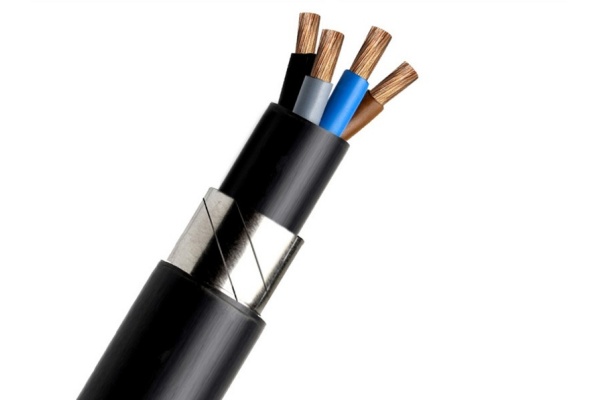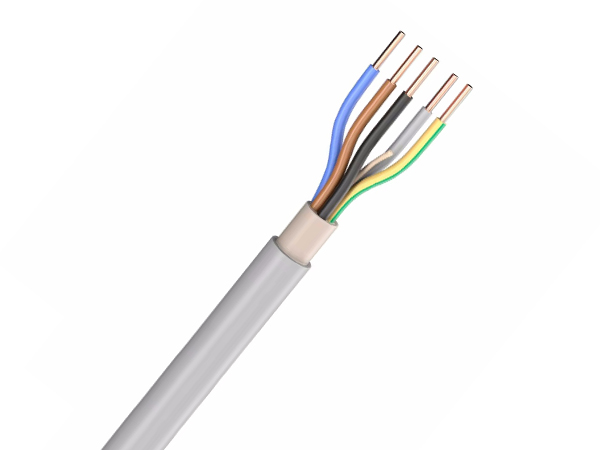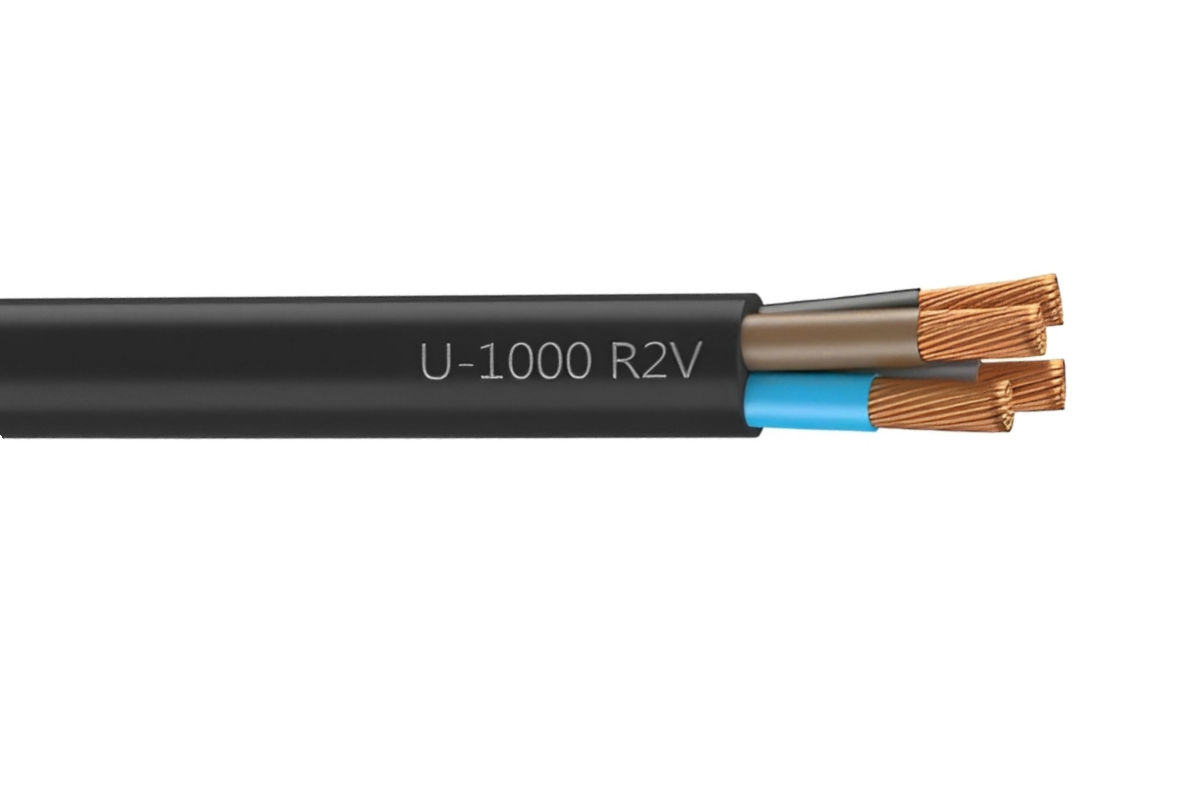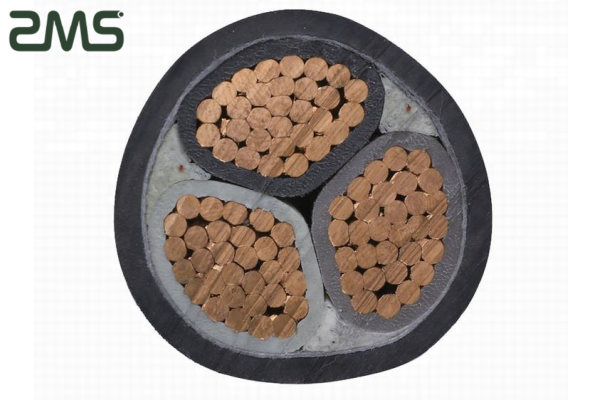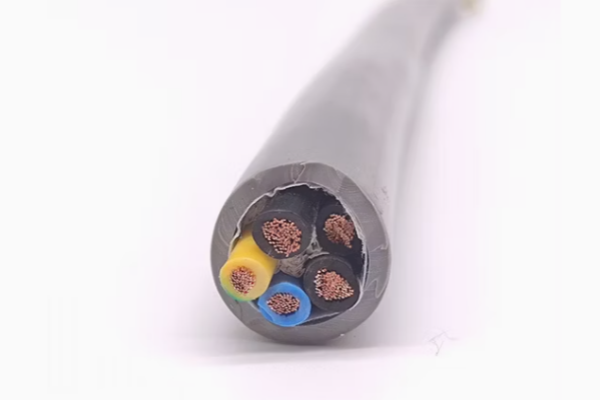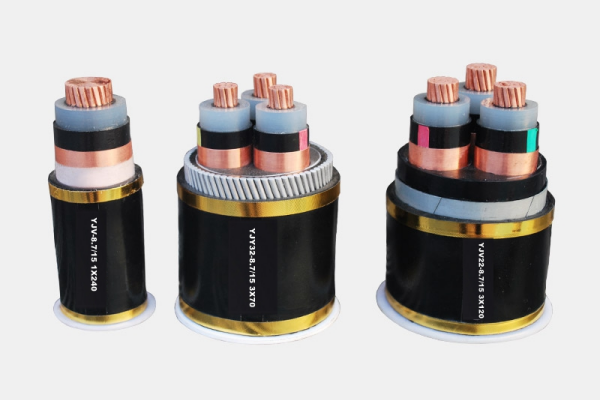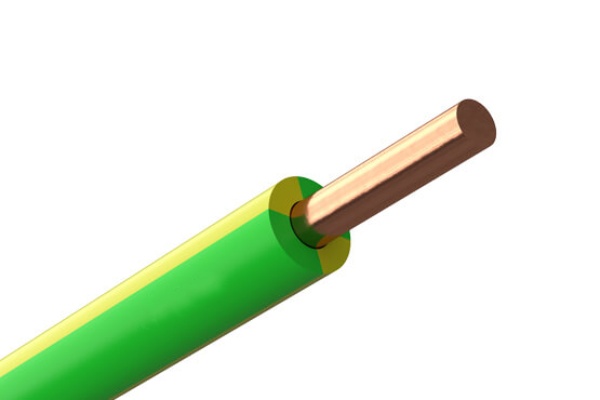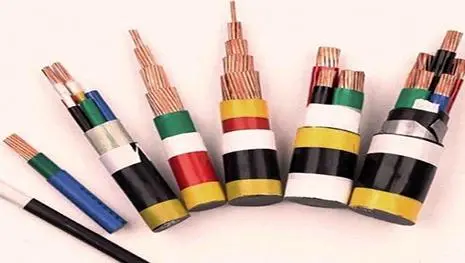High voltage and low voltage cables differ in their voltage level, which results in structural characteristics and distinct areas of application. Understanding these differences allows you to choose the appropriate cable, thus improving the safety and efficiency of the system. This article presents in detail the distinctions between high voltage and low voltage cables in terms of voltage level, of structure and applications, And explains how to identify them correctly.
low voltage cable
U-1000 R2V cable
Low voltage industrial cables Tüv, CE, RoHS, NF C 32-321, IN 60228 Multibrical tinned copper driver, isolation XLPE, UV resistant sheath, Class flexibility 5 Fireproof according to the standard 60332-1 Get a description quote … Read more
Underground and underwater use : NYY cable analysis
Overview of the NYY cable The NYY cable is a double sheath power cable compliant with European standards, such as the VDE 0276-603. It is a low voltage cable designed for a fixed installation and largely … Read more
H07V-U cable
H07V-U cable — Electric cable connection unipolar low -voltage low -voltage cable in copper with PVC insulation in 50525-2-31, IEC 60227, Har certified, EAC Isolated PVC cable / Low voltage cable / Copper driver cable … Read more
Types of Cables Commonly Used in Buildings
In modern buildings, The electrical system is an essential element that guarantees the proper functioning of daily activities. Cables, considered the "nervous network" of this system, have the mission of transporting energy and information. It is crucial to choose and install the cables correctly to ensure the safety and reliability of the electrical system. This also improves its efficiency and sustainability. This article explores the most commonly used cable types in buildings as well as their safety characteristics. What's more, It briefly presents the main standards for the installation of cables.
Combien de kilovolts représente un câble basse tension ?
Les câbles sont classés en câbles à haute tension, high voltage cables, câbles moyenne tension et câbles basse tension. Les câbles basse tension désignent généralement des câbles dont la tension nominale est inférieure à 1 kv.

